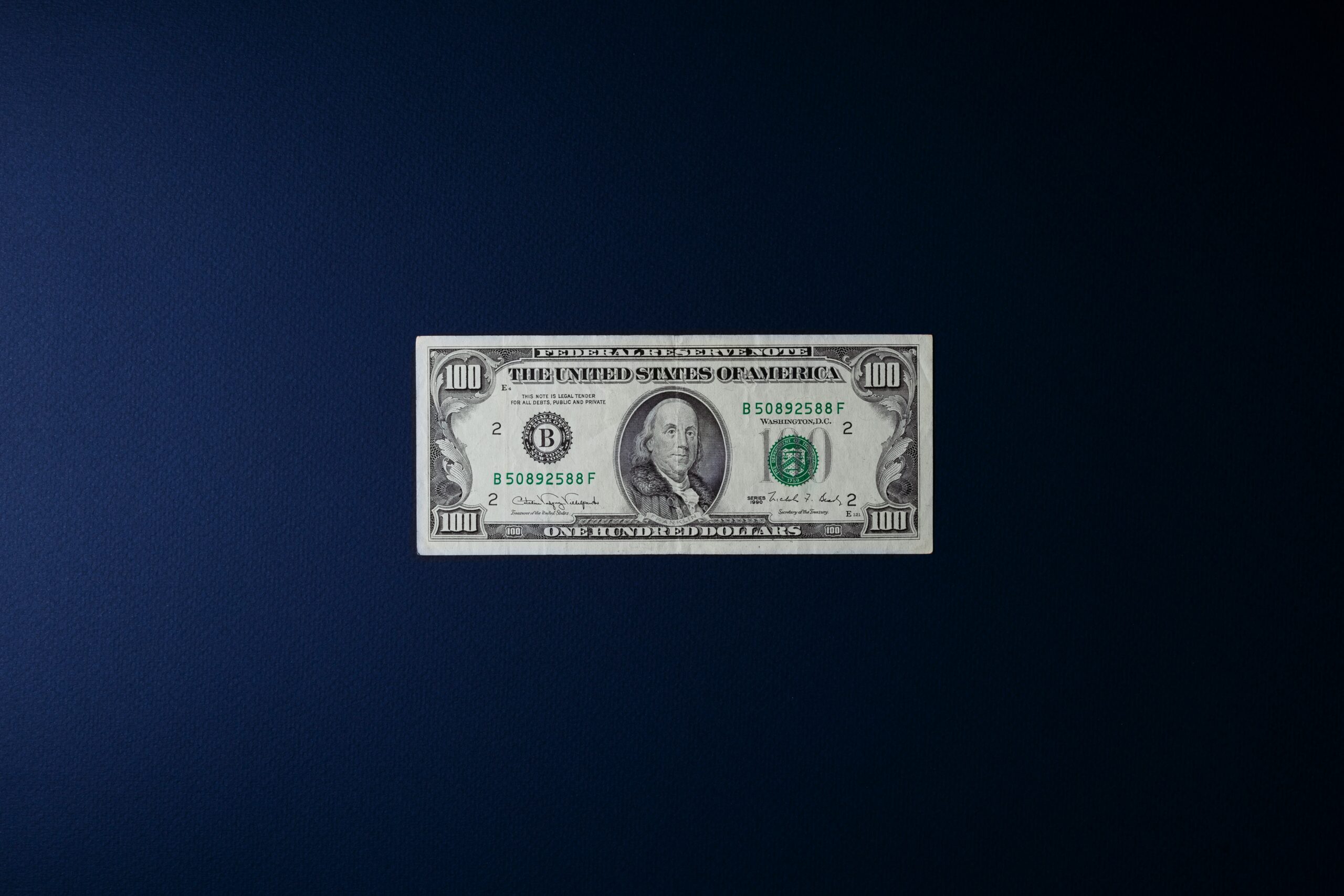By Anthony Michael, Project Manager
The United States government is on pace to enter uncharted territory with its spending. This comes after lawmakers agreed on a bipartisan spending bill that will cost $320 billion over the next decade plus an additional $98 billion in interest payments for this new debt. Tack on the $1.5 trillion tax cuts, or $1.1 trillion if you factor economic growth, and you arrive at our current fiscal outlook: impending trillion-dollar deficits.
Trillion-dollar deficits are not unprecedented. In fact, during the Obama Administration the deficit exceeded $1 trillion for the years following the Great Recession (2009-2013). What separates these deficits from the deficits of years past, is the timing at which they come.
Just like after the Great Recession, the federal government typically increases its spending when it needs to add a spark to the economy. Conversely, during times of relative economic strength, federal spending will shrink, and deficits may even become positive (i.e. a surplus).
Looking ahead, this pattern seems to have been abandoned by lawmakers. Our economy is the strongest it’s been in years, and the CBO projects it will be operating above its potential output in 2018 and 2019. Large budget deficits will add an unnecessary stimulus to our economy, which runs the risk of overheating. An overheating economy could lead to inflation and usher in another economic recession.
To illustrate these effects, AngelouEconomics has created an interactive data visualization that allows you to explore the impact of this recent legislation on the budget. Included are estimates of the deficit, which illustrate the impacts of the Tax Cuts and Jobs Act, Bipartisan Budget Act, and other measures which will add to the deficit in the coming years.
To illustrate the impact that this spending will have on the national debt as a whole, the second page of the visualization provides estimates for public debt as a percent of GDP – or rather the total amount that the federal government has borrowed with respect to its GDP.
Finally, the last page illustrates the unprecedented territory that the U.S. finds itself in: a relatively strong economy that faces massive budget deficits.
If you have any questions or comments, please feel free to contact amichael@angeloueconomics.com














